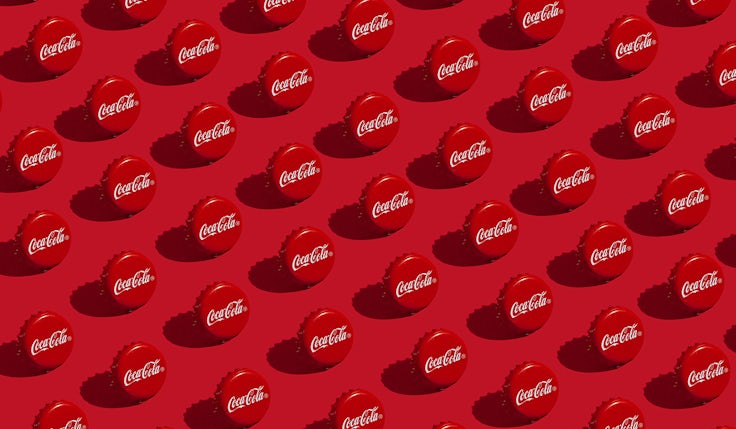Change brewing in drinks sector
Recent regulation in Japan has opened up the drinks sector – big brewers now face competition from US and European alcoholic brands, plus a stream of micro-breweries.
Japan justly deserves the reputation of being a difficult market to crack. Even so, some of the opportunities can be as inviting as the problems are intractable.
For example, the country’s recent acceptance of a World Trade Organisation ruling that its liquor taxes unfairly discriminated against imported whisky, brandy, and vodka, signals the approaching end of a decade-long struggle by European and US spirit makers to compete on an equal footing.
Almost unnoticed changes in Japan’s liquor laws have uncorked a “jibiru bumu”, a boom in locally brewed beers. It began in 1994 when the government reduced the production threshold for a single brewery from 2 million litres a year, to a mere 60,000.
The Small Brewers’ Association of Japan claims 150 members. Sadato Yamanaka, the association’s president and an importer of home-brewing kits for beer drinkers with independent tastes, originally estimated that about 50 new breweries would emerge in the wake of deregulation. That target was passed last June, and fresh applications for licenses are still coming in. By next spring, there could be over 100 micro-breweries scattered across Japan.
The new comers include restaurants, municipalities, department stores, hotels, and saki makers. Even the big brewers have been caught up in search for real ales, which has allowed their local breweries to probe local palates.
If 60,000 litres seems too much to swallow, there are smaller niches for beer craftsmen, such as “sparkling liquor”, which uses a concentrated barley liquid instead of malt. When the content of malt is less than 67 per cent, or fruit juice is mixed in, the brew is classified as sparkling liquor and not beer.
Not only is the tax rate lower for sparkling liquor than for beer, but the minimum production requirement is set at 6,000 litres, making it easier for small makers to enter the market. Furthermore, since there are few regulations on ingredients, brewers can easily develop products with distinctive tastes.
Homemade beer is also gaining a following – if the alcoholic content is less than one per cent, the brew is not subject to liquor tax yet can be sold to the public. Home brewing kit sales are soaring.
Japan’s new micro-brewers have awakened demand for original tastes, so there are new opportunities to import.
Taking a leaf from the book industry, one firm, MicroBeers International, imports US micro-brews to Japan. MBI’s beer-of-the-month club offers subscribers two different six-packs of beer delivered fresh to their doorsteps.
In the short term, analysts don’t see micro-brews taking more than one or two per cent of Japan’s 7,000 million litre beer market. That may seem small beer, but the real significance is that the market is no longer locked up by four large brewers. The door of opportunity is ajar.



